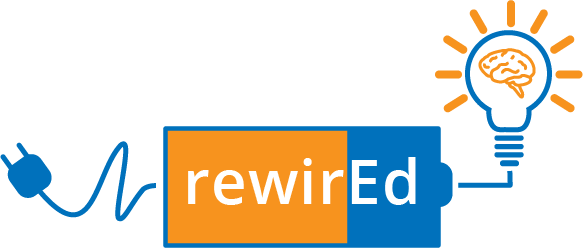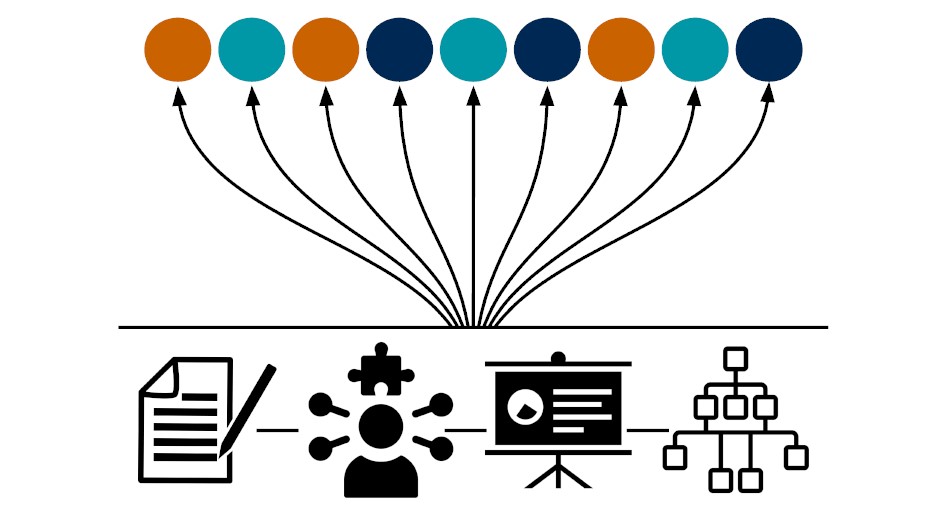
Why develop a “Discussion Board Etiquette” in your course?
One of the most powerful and dynamic components of your online course will be student contributions. Here are some things to consider talking about with your students in order to help make the discussion forums as engaging and productive as possible:
- Tone – Tone is a very important part of online communication. Before posting, read your message out loud. Ask yourself if you would say this to a fellow student in a face-to-face discussion.
- Peer support – Make an effort to understand and support your peers. People have different perspectives – but everyone is here to learn. And, the more we learn from each other, the better.
- Disagree vs. attack – Disagreeing with peers in debate and discussion is fine and welcome, but make sure to avoid challenges that may be interpreted as personal.
- Check previous postings – Take a minute to read previous posts to ensure that the conversation you want to have is not happening elsewhere in the forum.
- Delete the extraneous – When replying to another’s post, be specific about the sentence, phrase, or comment that you are addressing. This will help to keep the thread focused, and it will make it easier for all of us to understand how the conversation is progressing.
- Be open to challenges and confrontations – Challenge the idea, not the person.
- Encourage others to share their ideas.
Four approaches for your students to consider when engaging in discussions:
- Agree/Disagree – It is perfectly fine to agree or disagree with others in the discussions, but explain the “level” of your agreement or disagreement. Avoid posting short responses such as “Yes! I agree!”, or “No! That is wrong!” Explain WHY you agree or disagree.
- Critique – Thoughtful and constructive criticism of each others posts will help to keep the discussions positive, academic, and interesting.
- Expand – If you find a post interesting or thought provoking, use your reply to expand upon it. “Move” the idea forward, or in a new direction.
- Exemplify – Bring in examples to support your ideas and comments.
Helpful Tools & Resources
Brookfield, S. D., & Preskill, S. (2012). Discussion as a way of teaching: Tools and techniques for democratic classrooms. John Wiley & Sons.
Brookfield, S. D., & Preskill, S. (2016). The Discussion Book: 50 Great Ways to Get People Talking. John Wiley & Sons.
Educause – 10 Tips for Effective Online Discussions
VoiceThread – a way to have asynchronous discussions using video, audio, and text. Here’s a cool example – dozens of educators “commenting” in and discussing what a “Networked Teacher” is. Very interesting use of this tool. I’ve used VoiceThread extensively in my online courses – happy to talk with you about it.
Piazza – a free Q&A platform designed to connect students, TAs, and professors.
Learn more about Michael J. Cennamo.



